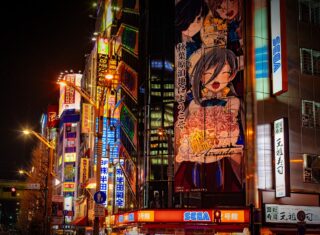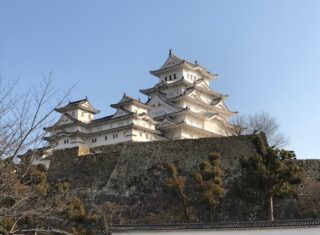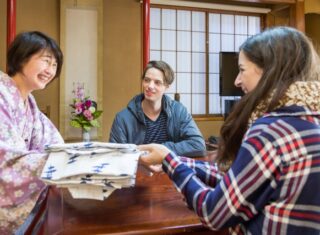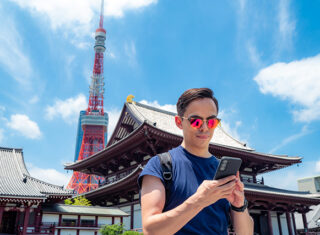- Learning Japanese
- Japanese Culture
12 Scenic Spots Where You Can See Breathtaking Views of Fuji-san (富士山)! When Is the Best Time to Enjoy the Most Spectacular Scenery?
2025.10.28
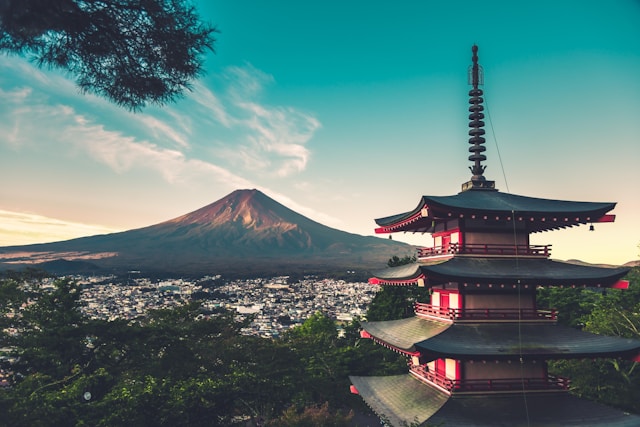
Many people who plan to visit Japan may be thinking, “If I am going to visit Japan, I want to go to a spot where I can see a breathtaking view of Fuji-san (富士山)!”
In this article, we will introduce 12 scenic spots where you can see Fuji-san, as well as the season in which the spectacular view of the mountain is easiest to enjoy.
From among the many popular locations, we have carefully selected places where Fuji-san can be seen especially beautifully, so please use this information as a reference when visiting Japan.
When Is the Best Season to See the Most Spectacular View of Fuji-san (富士山)?
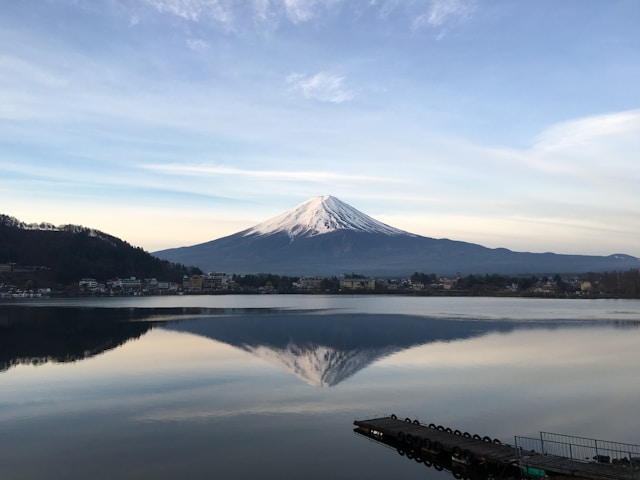
The season in which the spectacular view of Fuji-san can be most easily seen is winter.
According to data from 2024, the entirety of Fuji-san was visible for 27 days in December and 23 days in January, meaning that during this period there is a particularly high chance of enjoying magnificent views. (Reference: Record of Fuji-san Observation, May 2025)
In addition, during winter, not only can you see Fuji-san adorned with snow, but under the right conditions, you can also see a phenomenon called Diamond Fuji (ダイヤモンド富士) from the Yamanashi Prefecture side, in which the sun aligns perfectly with the summit of the mountain.
On the other hand, from March through May there is often fog, June and July are the rainy season, and in August the humidity increases and clouds become more frequent, making it a time when it is more difficult to see the spectacular scenery of Fuji-san.
12 Scenic Spots Where You Can See Fuji-san (富士山)
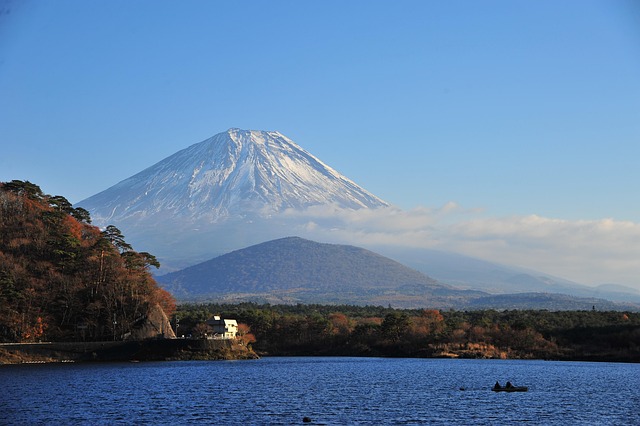
The 12 scenic spots where Fuji-san can be seen are as follows:
- Arakurayama Sengen Park (新倉山浅間公園 / Yamanashi Prefecture)
- Fuji-san Panoramic Ropeway (富士山パノラマロープウェイ / Yamanashi Prefecture)
- Yamanakako Myojinyama Panorama-dai (山中湖明神山パノラマ台 / Yamanashi Prefecture)
- Nōson Park (農村公園 / Yamanashi Prefecture)
- Shojin Lake (精進湖 / Yamanashi Prefecture)
- Motosu Lake (本栖湖 / Yamanashi Prefecture)
- Miho no Matsubara (三保松原 / Shizuoka Prefecture)
- Tanuki Lake (田貫湖 / Shizuoka Prefecture)
- Mishima Skywalk (三島スカイウォーク / Shizuoka Prefecture)
- Asagiri Kōgen (朝霧高原 / Shizuoka Prefecture)
- Shiraito no Taki (白糸の滝 / Shizuoka Prefecture)
- Izu Panorama Park (伊豆パノラマパーク / Shizuoka Prefecture)
Here, we will explain the highlights of each of the above 12 scenic spots of Fuji-san.
Arakurayama Sengen Park (新倉山浅間公園 / Yamanashi Prefecture)
Arakurayama Sengen Park is a location where visitors can view both Fuji-san (富士山) and the five-storied pagoda known as the “Chūreitō (忠霊塔),” making it a highly popular scenic spot especially among overseas tourists.
At the top of a 398-step staircase, there is an observation deck from which one can enjoy the majestic, symmetrical view of Fuji-san, the townscape at its foot, and the five-storied pagoda.
In addition, about 650 cherry trees are lined throughout the park, and in early to mid-April each year, visitors can enjoy the beautiful scenery of cherry blossoms, Fuji-san, and the five-storied pagoda together, attracting a particularly large number of people.
Fuji-san Panoramic Ropeway (富士山パノラマロープウェイ / Yamanashi Prefecture)
The Fuji-san Panoramic Ropeway is a spot where visitors can enjoy a dynamic view of Fuji-san stretching down to its foothills together with Lake Kawaguchi (Kawaguchiko / 河口湖), one of the Fuji Five Lakes.
The ropeway ascends from the lakeside of Kawaguchiko at an elevation of 856 meters to the summit of Tenjōzan at 1,075 meters. From the summit observation deck, visitors can enjoy a sweeping panoramic view of Fuji-san as well as the Southern Alps.
At a spot located slightly higher than the observation deck, there is a large swing called the “Kachikachiyama Zekkei Buranko (カチカチ山絶景ブランコ),” approximately 3.5 meters in height, where visitors can enjoy the rare experience of swinging while gazing at Fuji-san.
Yamanakako Myojinyama Panorama-dai (山中湖明神山パノラマ台 / Yamanashi Prefecture)
Yamanakako Myojinyama Panorama-dai is a scenic overlook from which visitors can view Lake Yamanaka (Yamanakako / 山中湖)—the closest of the Fuji Five Lakes to Fuji-san—as well as the mountain itself in a single sweeping view.
From the newly established wooden deck that opened in 2024, one can overlook Lake Yamanaka below and enjoy an expansive view of the magnificent Fuji-san and the Southern Alps beyond.
In addition, during sunset, the entire area is dyed deep red, and in autumn, the silver grass (susuki) fields turn golden, allowing visitors to enjoy enchanting and atmospheric scenery depending on the timing of their visit.
Nōson Park (農村公園 / Yamanashi Prefecture)
Nōson Park is a scenic spot where visitors can view Fuji-san along with broad rice fields and farmlands, offering the chance to enjoy both Japan’s rural landscape and Fuji-san together.
If you visit during the rice planting season, you may be able to see a phenomenon called “upside-down Fuji (逆さ富士),” in which an inverted reflection of Fuji-san appears in the water-filled rice paddies.
In autumn, the rice ears turn a golden color, and in winter, Fuji-san rises beyond the snowy fields, making it a place where one can enjoy different scenery depending on the season.
Shojin Lake (精進湖 / Yamanashi Prefecture)
Shojin Lake is the smallest of the Fuji Five Lakes, but it is said that “the view of Fuji-san seen from Shojin Lake is especially beautiful.”
Because, unlike Lake Yamanaka or Lake Kawaguchi, it has not been heavily developed for tourism, visitors can enjoy a unique view of Fuji-san known as “Ko-daki Fuji (子抱き富士)” within untouched natural surroundings.
“Ko-daki Fuji” refers to a scenery in which Fuji-san appears to be holding Mount Omuro (Ōmuroyama / 大室山) in front of it, as though embracing it.
In particular, the popular spot “Tate-aihama (他手合浜)” on the western side of Shojin Lake offers the chance to approach the water’s edge and enjoy a spectacular view of Ko-daki Fuji.
Motosu Lake (本栖湖 / Yamanashi Prefecture)
Motosu Lake is a lake that boasts one of the highest levels of water transparency in Japan, and it is also the location that served as the model for the image of Fuji-san (富士山) depicted on the back of the old 1,000-yen bill.
The deep water and exceptionally clear surface create what is known as “Motosu Blue,” a striking shade of blue, and this spot is popular for its breathtaking scenery in which Fuji-san is reflected upon the lake’s surface as “upside-down Fuji (逆さ富士).”
Additionally, the lake is well known as a setting that appears in the popular Japanese anime Yuru Camp△, and in recent years it has become a destination visited by many people.
Miho no Matsubara (三保松原 / Shizuoka Prefecture)
Miho no Matsubara is a long coastal pine grove stretching approximately 5 kilometers, consisting of an estimated 30,000 pine trees, and is a popular scenic spot where visitors can enjoy the fantastic combination of the “blue sea,” the “pine forest,” and Fuji-san together.
When viewing Fuji-san from Miho no Matsubara, Suruga Bay lies between the viewer and the mountain, creating a view so beautiful that it appears as though Fuji-san is floating upon the sea.
It has been beloved in Japan since ancient times as a scenic location and is also famous for three distinctions: it served as the model for the ukiyo-e work Sixty-odd Provinces: Scenic Spots by the Edo period artist Utagawa Hiroshige, it is selected as one of the “New Three Views of Japan (日本新三景),” and it is included among the “Three Great Pine Groves of Japan (日本三大松原).”
★Also try reading:
14 Historic Landmarks to Visit During Your Trip to Japan
Tanuki Lake (田貫湖 / Shizuoka Prefecture)
Tanuki Lake is located at an elevation of 650 meters in the Asagiri Plateau (Asagiri Kōgen / 朝霧高原) and is a spot popular among photographers and tourists for the rare phenomenon known as Double Diamond Fuji (ダブルダイヤモンド富士).
“Diamond Fuji” is the phenomenon in which the sun aligns exactly with the summit of Fuji-san, but at Tanuki Lake, this mystical scene is reflected also on the surface of the lake, and thus can be observed as Double Diamond Fuji.
This phenomenon can be observed twice a year—in late April and late August when conditions align—so it is highly recommended to visit if you wish to witness this rare and spectacular sight.
Mishima Skywalk (三島スカイウォーク / Shizuoka Prefecture)
Mishima Skywalk is the longest pedestrian suspension bridge in Japan at a total length of 400 meters. Located at an elevation of approximately 415 meters and a height of 70 meters above the ground, it is a scenic spot where visitors can gaze upon Fuji-san and Suruga Bay.
As the name “Skywalk” suggests, visitors can experience the rare sensation of viewing Fuji-san in a 360-degree panoramic view while feeling as if they are walking through the sky.
Originally known only to a limited number of people, this breathtaking viewpoint eventually had a suspension bridge constructed over a period of around 10 years in order to allow more people to easily enjoy the spectacular scenery.
The transparent mesh structure of the bridge was designed so that the surrounding scenery can be viewed clearly.
Asagiri Kōgen (朝霧高原 / Shizuoka Prefecture)
Asagiri Kōgen is a highland area located on the western foothills of Fuji-san at an elevation between 700 and 1,000 meters, covered in vast greenery and known as a scenic spot where Fuji-san can be seen from an unusually close perspective.
Because the mountain can be viewed on an overwhelming scale rising directly in front of you, a great number of people visit the area solely for the purpose of photographing it.
Furthermore, Asagiri Kōgen is an area noted for its dairy farming, and in spring, when the grazing season begins, it is also famous for the majestic view of Fuji-san seen beyond the sight of cattle relaxing in the wide meadows.
Shiraito no Taki (白糸の滝 / Shizuoka Prefecture)
Shiraito no Taki is a waterfall in which hundreds of streams of water cascade down from a curved cliff that is 20 meters high and 150 meters wide, and it is a popular scenic spot where Fuji-san can also be seen.
As the name “Shiraito” (“white threads”) suggests, the water flows gently in thin streams like white silk threads, creating a beautiful waterfall designated as a “Natural Monument,” a “Place of Scenic Beauty,” and selected as one of the “100 Best Waterfalls of Japan (日本の滝百選).”
There is an observation area situated on higher ground from which visitors can look down upon the waterfall, and on clear days it is possible to view both Fuji-san and Shiraito no Taki at the same time.
Izu Panorama Park (伊豆パノラマパーク / Shizuoka Prefecture)
Izu Panorama Park is a popular scenic spot from the summit of Mount Katsuragi (Katsuragi-san / 葛城山), elevation 452 meters, where visitors can enjoy a panoramic view of Fuji-san, Suruga Bay, and the mountains of Izu.
One can ascend to the summit by ropeway, and from the observation deck, a great panoramic view in which the “sky,” the “sea,” and Fuji-san are interwoven can be enjoyed.
In addition, beside the observation deck there is a terrace area called “Ao Terrace (碧テラス),” where visitors can gaze at the magnificent view of Fuji-san in a relaxing private-style space.
★Also try reading:
12 Beautiful Places to Visit in Japan – Explore Breathtaking Scenic Spots Across the Country
Summary of Scenic Spots Where You Can See Fuji-san (富士山)
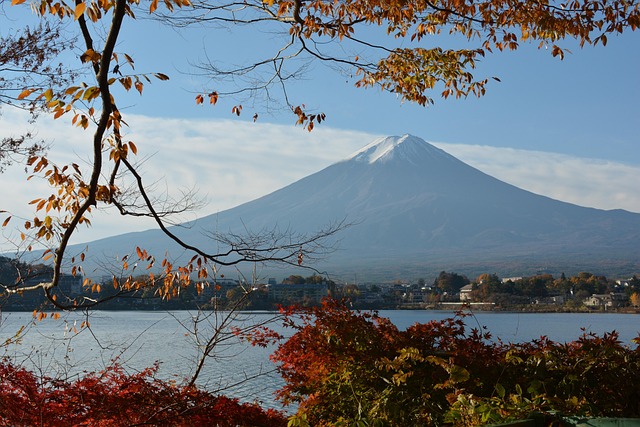
In this article, we introduced 12 scenic spots where you can see Fuji-san, as well as the best season in which the spectacular view of Fuji-san is easiest to see.
For those who are interested in Japan and would like to learn Japanese in order to someday visit Japan, why not try learning Japanese through the online lessons of Oku Sensei's Japanese?
At Oku Sensei's Japanese, learners aim to acquire practical Japanese while receiving full support from Oku Sensei, who has a wealth of teaching experience, making it an ideal environment for those who feel that “Japanese seems difficult.”
At present, Oku Sensei's Japanese is offering a “30-minute free consultation,” so please feel free to check it out.


